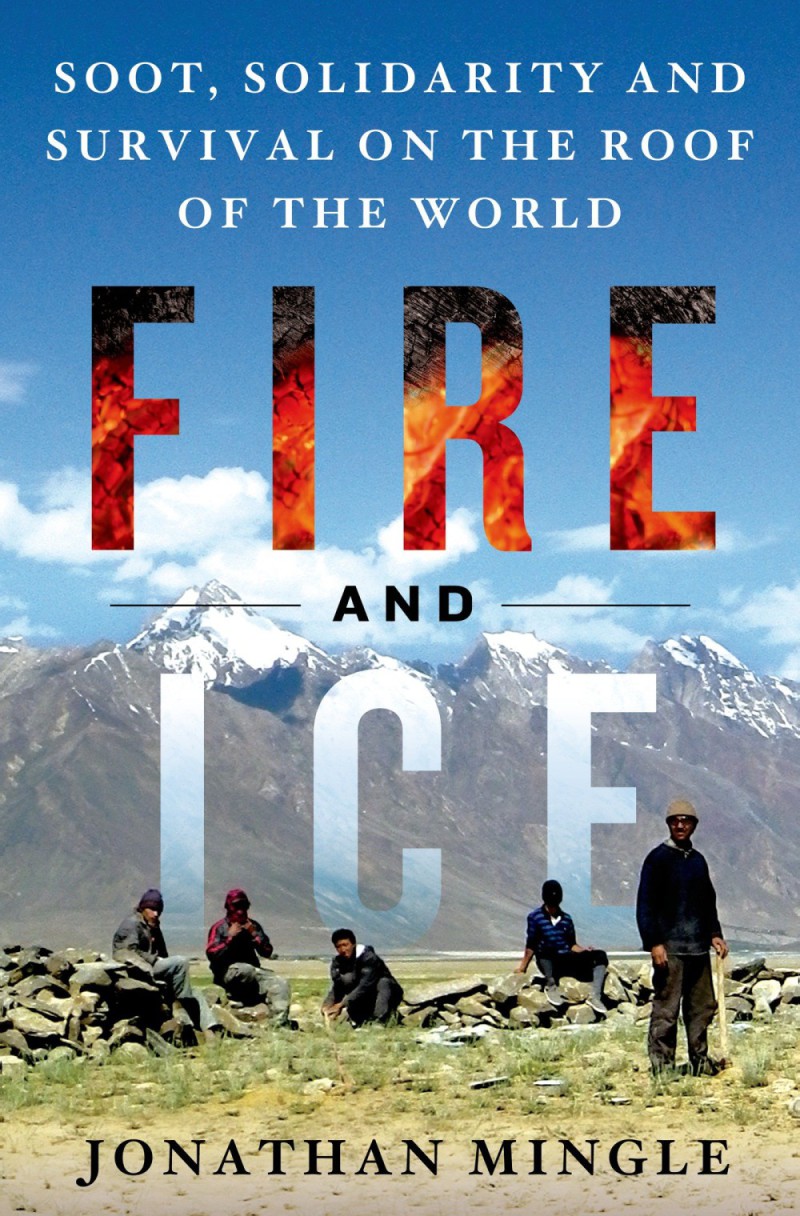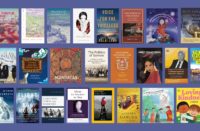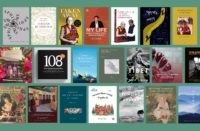
High Peaks Pure Earth presents a guest post by Jonathan Mirsky, a book review of “Fire and Ice: Soot, Solidarity, and Survival on the Roof of the World” by Jonathan Mingle, published in March 2015 by St. Martin’s Press.
Visit Jonathan Mingle’s website here: http://www.jonathanmingle.com/
Thank you to Jonathan Mirsky for contributing this book review. Jonathan Mirsky is a journalist who went to Tibet six times between 1982 and 1988. He is a regular contributor to the New York Review of Books. Read his other book reviews for High Peaks Pure Earth here: http://highpeakspureearth.com/category/book-reviews/
“Fire and Ice: Soot, Solidarity, and Survival on the Roof of the World”
By Jonathan Mingle
Review by Jonathan Mirsky
The environmentalist Jonathan Mingle makes one evocative and one very big point in this needlessly thick book. His first point tells us of tiny communities in the high Himalayas where cooperative self-help is giving way to modernization, which the local people want although it makes their livelihoods more precarious. The second point is that soot from car engines and Third World domestic fires is causing as great a worldwide environmental disaster as carbon dioxide.
I don’t think it’s unfair to observe that Mr Mingle makes his second vital point at numbing length and often in a demotic youth-speak – “glom on,” for seize or grasp, or “Hail Mary pass” for a wild hope – that many Americans will understand, even if, like me, they are irritated; in Britain such lingo will deposit a baffling layer over readers’ brains.
But Mr Mingle makes entrancing the area and people he visits in the far north of India, Zanskar, and within it the tiny village of Kumik.
After repeated visits he has enough friends in Kumik to drink quantities of butter-tea, get drunk on chang, and help them dig channels to capture the rapidly vanishing glacier-water on which their lives depend. These people, whom it would be degrading to call “simple,” have for centuries relied on each other for planting, ploughing, sowing, harvesting, and seeking water every spring by studying the slopes of the world’s highest mountains to see when the annual life-giving glacial melt begins. Each group of six houses takes it in turn to get water. They choose who does this by lot and some must get it in the middle of the night.
The people of Kumik dislike controversy and if they catch someone cheating by taking water out of turn they usually turn it into a joke. Mr Mingle learned how to decipher their conversations. Just as in China the normal greeting is “Have you eaten,” which says a lot, so in Zanskar people ask “Are you lonely?” This can lead to the troubling statement that “the water and fire connection is cut,” meaning that some family is cheating beyond the reach of joking. Now no one will carry embers to that neighbour’s house, nor will water be directed to their tiny plots. In short, “No one would visit their hearth or even speak to them.” It is indeed “the ultimate sanction.” No Zanskari can live under such a sanction; they must either mend their ways or leave the community.
So are Zanskar, and Kumik especially, a kind of Shangri-la, asks Mr Mingle. At first glance, or even longer, yes. As in the book and film, they are remote, high, self-sufficient, cooperative, and neighbourly.
Actually, in Kumik they long for change: roads, matches, trucked in water, shoes, store-bought food, mechanical diggers, cars and trucks: “So who needs neighbours anymore?” But what if landslides cut the road, matches, and diesel fuel for cars, trucks, and diggers, run out at the market, and there is no more propane for cooking? Nonetheless, as the climate and water supplies became increasingly threatening, many in Kumik were intending to move down the valley to build to build a new village in a seemingly less fragile place where there is abundant water and matches are always available.
Everyone knows about carbon dioxide and climate change. But I guess I am not alone in being alerted to black carbon by Mr Mingle who can’t resist a zingy, “Soot. Who knew?”. He cites many experts who have revealed this possibly at immediate peril: soot from diesel engines, which drivers had been assured were healthier than those powered by petrol, and from the fires which Third World families, most notably in China and India, light to keep warm and to cook. Deadly, both of them.
“These dark particles absorb sunlight and turn it into heat, warming the atmosphere when they are aloft and melting snow and ice when they wash onto their surface.” This means early glacial melting and retreating, causing either too little or too much water, thus making unpredictable Kumis’s already meager harvests.. Scholars estimate that 90 percent of the severe changes in snow and ice cover in the Tibetan Plateau and the Himalayas come from “long-overlooked pollutants,” of which carbon fallout is “…easily the most dangerous pollutant you’ve never heard of. And it has been right under, and in, our noses for a very long time.” As Mr Mingle says repeatedly – this book could effectively trumpet its absolutely necessary alert in under 100 pages, “The wealthy countries produce soot mostly from the luxury of mobility; the world’s poorer inhabitants produce soot from the simple acts of cooking and staying warm.” Near the end of the book Mr Mingle states that black carbon kills 7 million people annually, including half the world’s children who die of pneumonia, the main cause of death among those under five.
What to do? All experts agree – something, soon, fast. Or, as Mr Mingle says, in dozens of similar ways, “Dark stuff is warm. Warmer air melts snow and ice…Better burning means less smoke. We are all in this thing together.” In the meantime the villagers of Kumik, having watched the glaciers retreat and melt too early, either flooding or parching them, are thinking of moving down to where there is reliable water – and matches, propane and diesel-powered cars.
“Fire and Ice: Soot, Solidarity, and Survival on the Roof of the World” by Jonathan Mingle
St Martin’s Press
March 2015
Buy the book here: http://amzn.to/1SRm8YS





I am very thanking to Mr Mingle for doing such a good favour ,and I really appreciate your kind works and having such a pure knowledge about my home town and the beautiful village kumik where I grownup .Ang I really agreed with your kind gesture and the contribution you trying to suggest us .so I am praying for to make soon sold out regarding the book fire and ice completely. ….
It’s beautiful that is my birth place ..,,